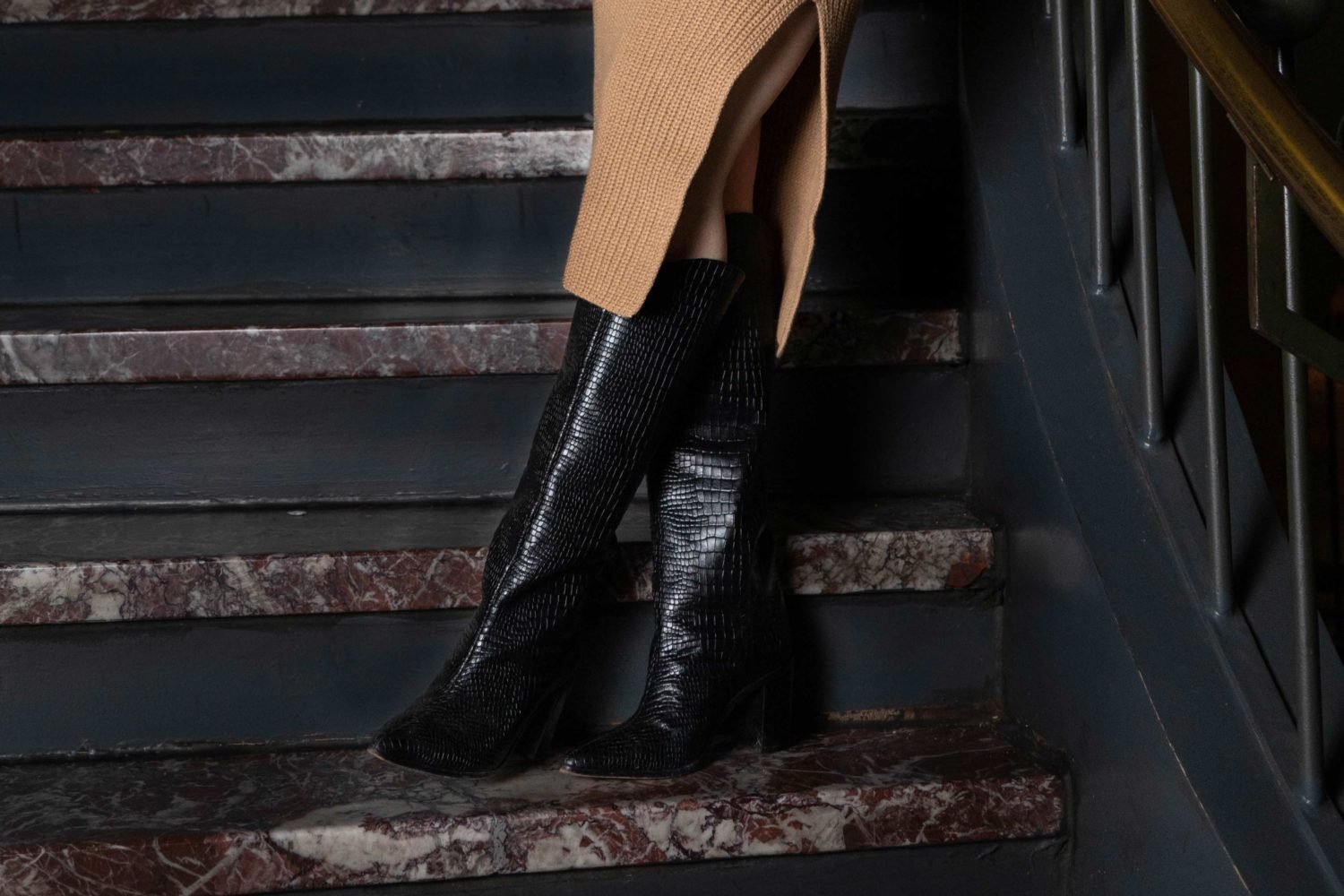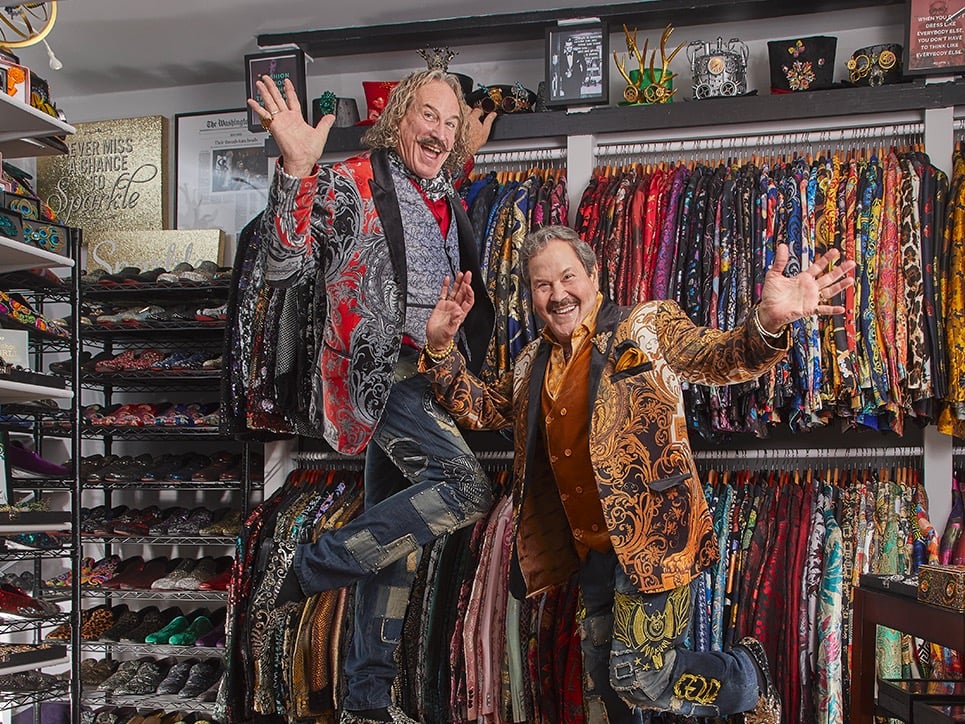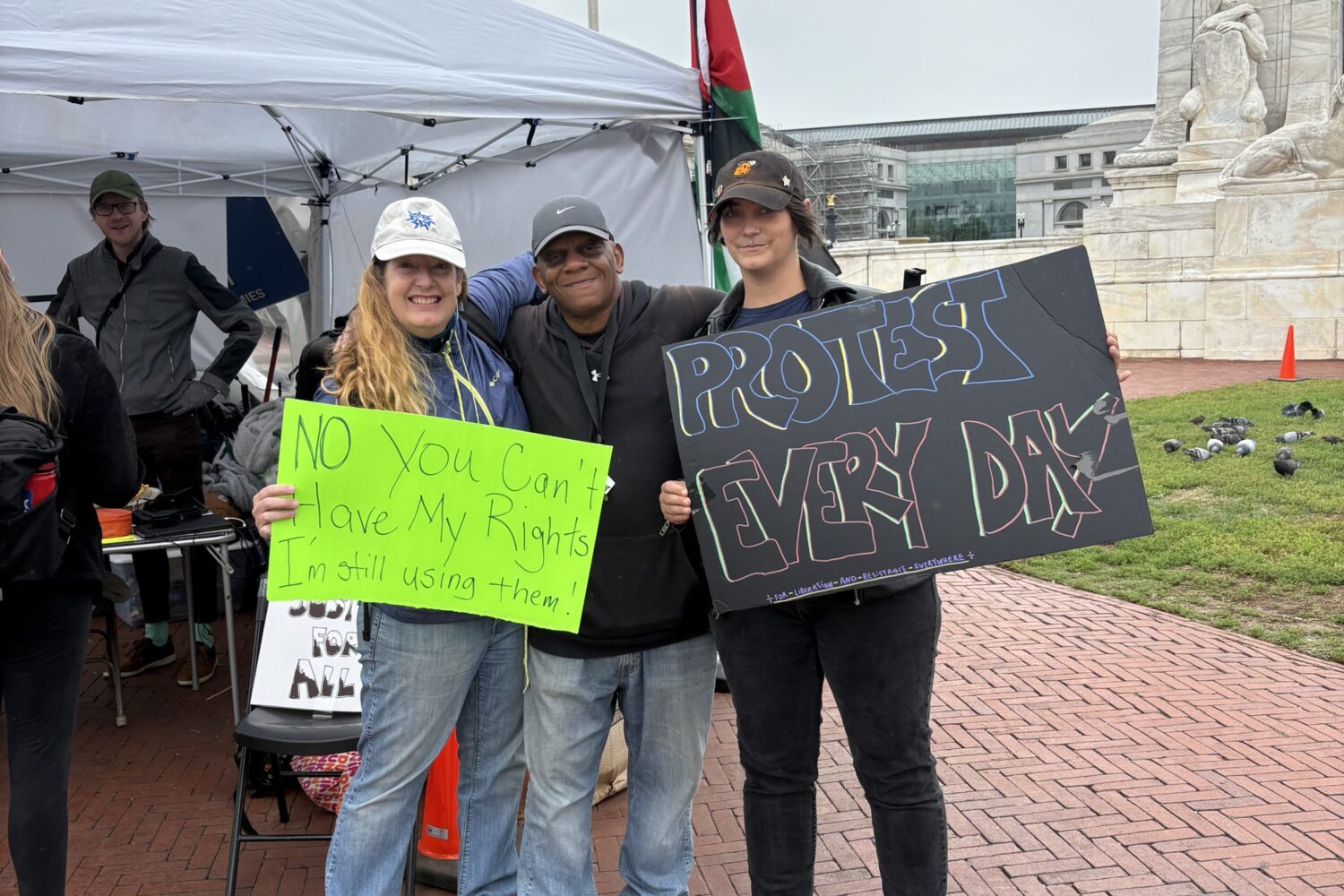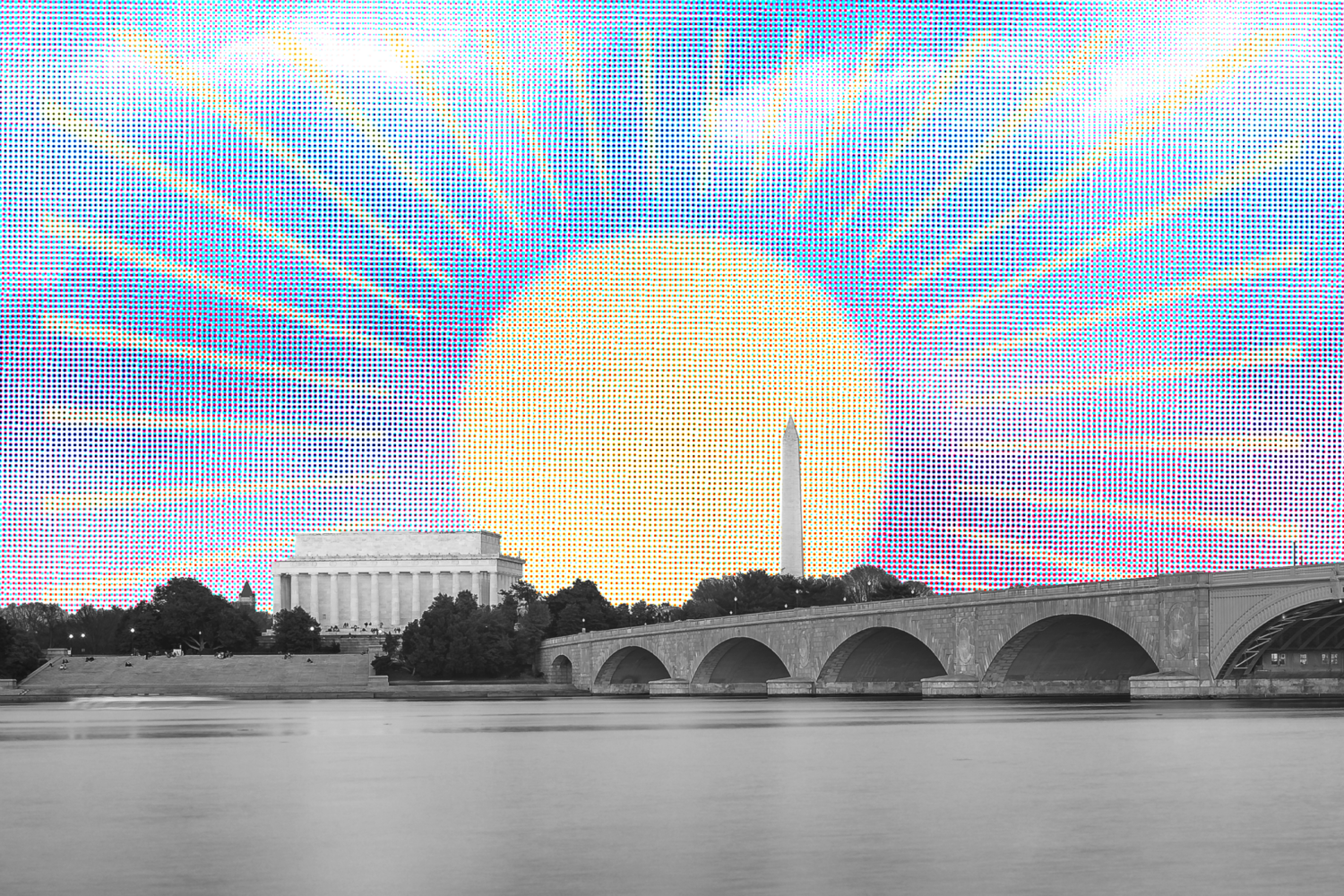Style > Spas & Beauty > Natural Beauty
Zia Natural Sunscreen contains chemicals linked to developmental and reproductive damage. Nature’s Gate Organic Sundercover uses ingredients restricted in cosmetics overseas. Avalon Organics sunscreen is so ineffective against sun exposure that it’s considered a cancer risk.
That’s all according to the Environmental Working Group and other consumer groups that have studied sunscreens.
Manufacturers are greening their goods faster than you can say SPF. The terms “natural” and “organic” suggest healthier alternatives to conventional cosmetics. Yet there is no official standard for “natural,” and organic products may contain only a smidgen of ingredients not grown with pesticides. The sunscreens named here contain some natural and organic ingredients.
It’s not just sunscreens labeled “natural” that are being scrutinized. Lab tests show that some sunscreen chemicals have estrogenlike qualities that raise cancer risks, while other chemicals can degrade in sunlight and become less effective.
Consumer watchdogs charge that the multimillion-dollar sun-protection industry is underregulated and underresearched. “It is impossible for the average consumer to digest what’s safe and what works,” says the EWG’s Kristan Markey.
The good news is that rising cancer concerns have produced more consumer awareness, better research, and nearly 150 sunscreens that made the EWG’s “best” list for being safe and effective. (Go to ewg.org and click on “skin deep.”)
Here is an overview to help you make an informed decision when buying sunscreen.
What’s in Sunscreen
Although approved by the FDA, many widely used sunscreen chemicals have been linked recently to health hazards in laboratory tests, and some are banned by the European Union. These include avobenzone, benzophenone-3, homosalate, octinoxate, padimate-O (a derivative of PABA), diethanolamine (DEA), triethanolamine (TEA), and parabens (butyl-, ethyl-, methyl-, and propyl-).
The FDA has acknowledged the possible hazards and is conducting a risk analysis, but the agency says there is not enough conclusive evidence to withdraw approval. The FDA missed its congressionally mandated May 2006 deadline for finalizing sunscreen safety standards, and spokeswoman Rita Chappelle could not say when they would be completed.
The Personal Care Products Council’s John Bailey insists there is no reason for alarm: “Because they’re regulated as drugs, they’re controlled in a very rigorous way, and there is enough research out there to back current FDA standards.”
Most experts also agree that the benefits of using any sunscreen far outweigh the risks of going without.
Sunscreen vs. Sunblock
No matter what’s in them, all chemical sunscreens work by absorbing the sun’s rays rather than reflecting them. That process releases free radicals, which have been linked to cancer.
Trapping heat and light, says Lori Kushner, owner of Gaithersburg’s Clin-Spa, also “can exacerbate visible aging and cause brown spots.”
Sunblocks made from the minerals zinc oxide and titanium dioxide are safer than chemical sunscreens, according to natural-beauty sources such as National Geographic’s Green Guide, because they reflect rather than trap sunlight. However, to make the blocks transparent—remember white zinc-coated noses?—the minerals have to be “micronized” or “nano-scaled.” That process has raised concerns that the tiny particles can enter the body through cuts or by inhalation and raise cancer risk.
Dr. James Spencer with the American Academy of Dermatology dismisses concerns about chemicals but says, “If you’re worried about it, minerals are inert and effective. The problem is the more transparent they are, the less effective they are.”
Manufacturers are reducing the amount of micronization and are coating minerals to make them safer. But that makes them less “cosmetically elegant,” says Spencer.
False Comfort?
Another red flag raised over conventional sunscreens is that they can be ineffective and may raise skin-cancer rates.
Most sunscreens are “wide spectrum,” protecting against both UVB rays, which cause sunburn, and UVA rays, linked to skin damage, aging, and skin cancer. The FDA’s sun protection factor (SPF) rating system covers only UVB rays, so the rating doesn’t tell much about the most damaging rays. The EWG found that 87 percent of sunscreens with an SPF of at least 30 provided poor protection from UVA.
Sunscreen may be giving users a false sense of security. “Sunscreen users may increase time spent in the sun, exposing themselves to harmful solar radiation,” says a report by the American College of Preventive Medicine.
Another problem is that avobenzone, a widely used UVA blocker, is not stable in light and can become deactivated when most needed. A relatively new ingredient, mexoryl, does protect against UVB and UVA rays without degrading in sunlight but costs more. Developed by L’Oréal and FDA-approved, the ingredient is now available in the Anthelios, Lancôme, Kiehl’s, Ombrelle, and Vichy Capital Soleil lines. Another newcomer, helioplex, also contains photostable broad-spectrum protection and is available in some Neutrogena and Aveeno products.
Environmental Concerns
Sunscreens may also be poisoning the world’s oceans. One study by the Italian Polytechnic University estimates that every year swimmers shed more than 4,000 tons of sunscreen chemicals into the sea, threatening coral reefs and marine life.
Mineral-based sunblocks pose environmental problems as well. The manufacture of titanium dioxide releases carcinogenic dioxins into the atmosphere, and zinc mining pollutes the environment with toxic heavy metals and acid.
Diana Kaye, owner of the TerrEssentials organic bodycare line in Middletown, Maryland, shudders when she sees titanium dioxide used in beauty products.
“It’s also being used to line self-cleaning toilet bowls because it destroys stuff that hits it. This is what women are putting on their skin!” says Kaye, who believes there are no safe sunscreens.
She recommends simply avoiding overexposure and insists “small amounts of sun are healthy.” Studies have shown that many people don’t get enough vitamin D, which the body produces after sun exposure.
The Bottom Line
There are sunscreens that are safe and that work. The EWG’s Skin Deep report (ewg.org) and Green Guide (thegreenguide.com) both provide comprehensive information about sunscreen ingredients, hazards, and effectiveness. California Baby Sunblock SPF 30 tops both Green Guide and the EWG lists. Their other favorites include Lavera Sun Spray SPF 25, Aubrey Organics Natural Sun SPF 25 Green Tea, Boscia Oil-Free Daily Hydration SPF 15, and Cellex-C Water Resistant Sunscreen SPF 30.
Covering up can help, and there are now fabrics treated with safe ingredients that add sun protection and cannot be absorbed by the skin, such as Coolibar Sun Block and SunGuard Clothing. The Skin Cancer Foundation recommends wearing a tight weave and a dark color for the most protection. Unbleached cotton is also a powerful UV absorber.
Experts say the best protection is to stay out of the sun between 10 am and 4 pm. When outside, use a broad-spectrum sunscreen with SPF of at least 15, and apply it 30 minutes before going outside.
If you want a risk-free tanned look, try a self-tanner. Most contain dihydroxyacetone (DHA), an FDA-approved ingredient that a study by the journal Mutation Research suggests may delay skin-cancer development.


















